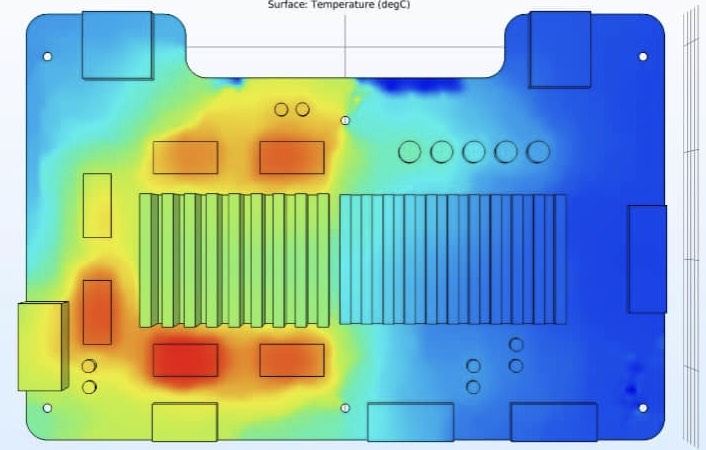In the realm of thermal management for electronic components, especially CPUs, heat pipes and vapor chambers are two prominent technologies used to enhance the efficiency of heat dissipation. Both utilize phase change and capillary action to transfer heat but differ in structure and application. Understanding these differences is crucial for selecting the appropriate cooling solution for specific needs.
A heat pipe is a sealed tube, typically made of copper or aluminum, with an internal wick structure and a small amount of working fluid (such as water, ammonia, or acetone). The inside of the tube is lined with a porous material (the wick) and evacuated to remove air, creating a vacuum environment.

The working principle of a heat pipe involves three main steps:
Evaporation: Heat from the CPU or other heat sources causes the working fluid at the hot end of the heat pipe (the evaporator) to vaporize.
Transportation: The vapor travels along the pipe to the cooler end (the condenser) due to the pressure difference created by the phase change.
Condensation and Return: At the condenser end, the vapor releases its latent heat and condenses back into liquid. The condensed liquid is then transported back to the evaporator via capillary action facilitated by the wick structure, completing the cycle.
Heat pipes are highly efficient at transferring heat over relatively long distances and are commonly used in various cooling applications, including laptops, desktop CPU coolers, and even space technology.
A vapor chamber is a flat, sealed container, often made from copper, with an internal wick structure similar to that of a heat pipe. The main difference lies in the shape and the way they spread heat. Vapor chambers are typically planar and can cover a larger surface area, which is advantageous for applications requiring uniform heat distribution across a large surface.
The working principle of a vapor chamber is similar to that of a heat pipe:
Evaporation: The heat from the source causes the working fluid inside the vapor chamber to evaporate.
Vapor Flow and Condensation: The vapor spreads uniformly across the chamber, condensing on the cooler walls and transferring heat to the surrounding environment or connected heatsink fins.
Return Mechanism: The condensed liquid returns to the evaporation zone via the wick structure, often utilizing gravity or capillary action.
Vapor chambers are particularly effective in applications requiring high power densities and uniform cooling, such as high-performance CPUs, GPUs, and other critical electronic components.
Shape and Application: Heat pipes are typically tubular and used to transfer heat from one point to another over some distance. Vapor chambers, being planar, are ideal for spreading heat uniformly over a large area, making them suitable for applications where space constraints are critical, and uniform cooling is necessary.
Efficiency and Capacity: Vapor chambers generally offer better thermal performance than heat pipes for high heat flux applications due to their ability to spread heat more evenly. This makes them preferable in scenarios where efficient heat spreading across a large area is required.
Construction and Cost: Vapor chambers are more complex to manufacture and thus are generally more expensive than heat pipes. The choice between the two often involves a trade-off between cost and cooling efficiency.
Flexibility in Design: Heat pipes can be bent or shaped to fit specific design requirements, offering more flexibility in cooling solutions. Vapor chambers, however, are typically rigid and cannot be easily modified once manufactured.
Heat Pipes: Commonly found in laptop cooling systems, desktop CPU coolers, and other electronic devices where efficient heat transfer is needed over a distance. They are also used in thermal management systems for spacecraft and industrial applications.
Vapor Chambers: Frequently used in high-performance computing environments, such as gaming consoles, servers, and graphics cards, where efficient heat spreading and compact design are crucial.
Both heat pipes and vapor chambers play vital roles in modern thermal management solutions, each with its strengths and ideal applications. Heat pipes are favored for their flexibility and cost-effectiveness in transferring heat over a distance, while vapor chambers excel in high-performance applications requiring uniform heat distribution and efficient cooling. The choice between the two depends on the specific thermal requirements, space constraints, and budget considerations of the application.
By continuing to use the site you agree to our privacy policy Terms and Conditions.